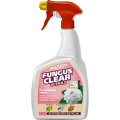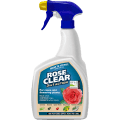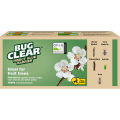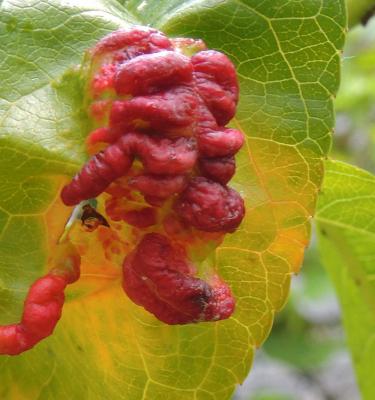

Peach leaf curl
What is peach leaf curl?
Initially, the red leaf markings of the disease peach leaf curl can look quite attractive – but the affects on the plant can be devastating – especially if allowed to build up from year to year.
Peach leaf curl is a crippling fungal disease of peaches, nectarines, almonds and apricots that distorts leaves and causes premature leaf fall. Loss of leaves weakens the tree and means fruit set is poor and the fruit may not fully develop.
How to identify peach leaf curl
Leaves that open in the spring are distorted and puckered by whitish green, pink or red blisters. Later on in the year, affected foliage will be covered with a white powdery bloom. Fruit may also carry warty spots and affected leaves will drop early.
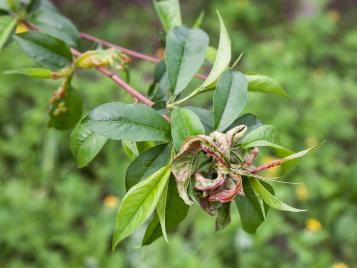
Peach leaf curl control and treatment
General tips
Immediately remove and destroy all infected leaves and plant parts. This will reduce the number of spores shed to overwinter on the plant and re-infect the following spring. Pick up any fallen foliage and destroy it. Do not place infected foliage on your compost heap.
An open sided polythene canopy erected above and over the tree will protect foliage from rain and dew. When placed in position from early January to the end of April this canopy will reduce infections naturally as disease spores are carried by wind and rain. This is usually only practical on wall-trained trees or small patio trees.
Spray with a suitable fungicide
Plants that show symptoms need to be protected with a suitable and approved fungicide. Currently, there is only one - based on copper oxychloride.
Timing of sprays is important to good control. Protect new growth with fungicide when buds begin to swell. Depending on season and location this may be from mid January to mid February. Spray again 14 days later. At the end of the growing season, pick off all affected leaves and remove all foliage debris from under the tree. After leaf fall, spray again thoroughly with fungicide to reduce the number of live spores carried on the stems and branches.
